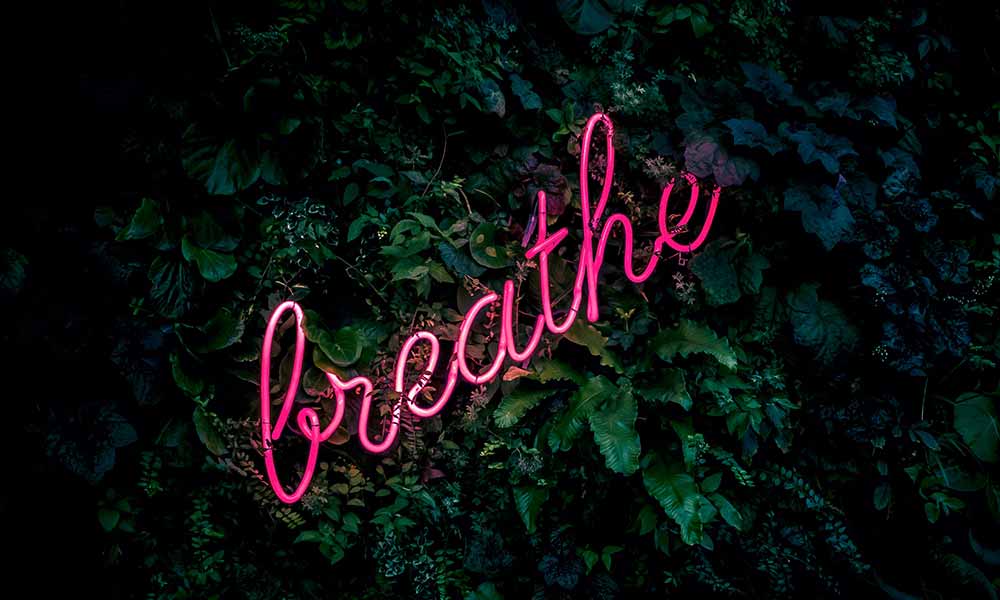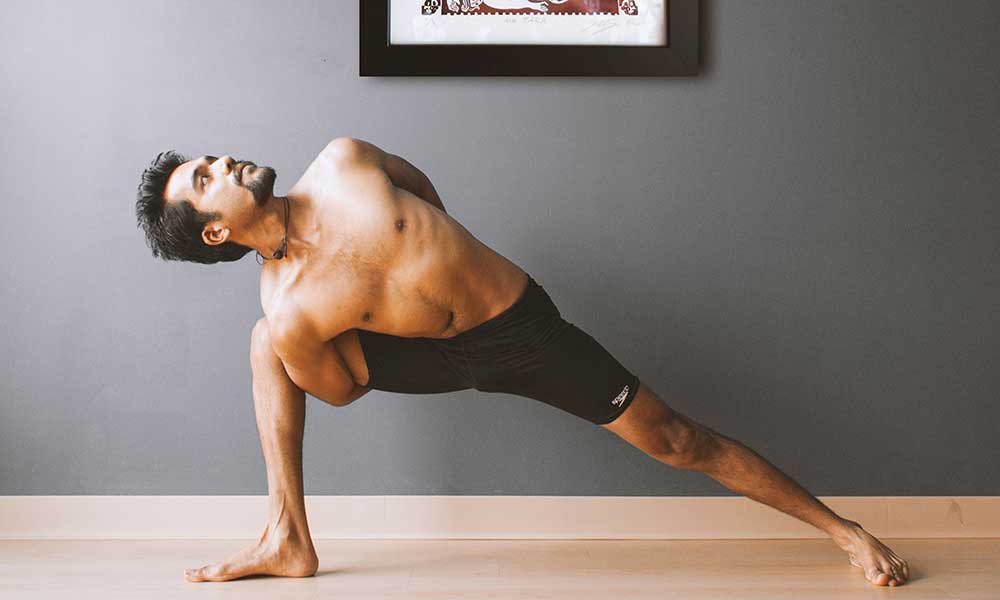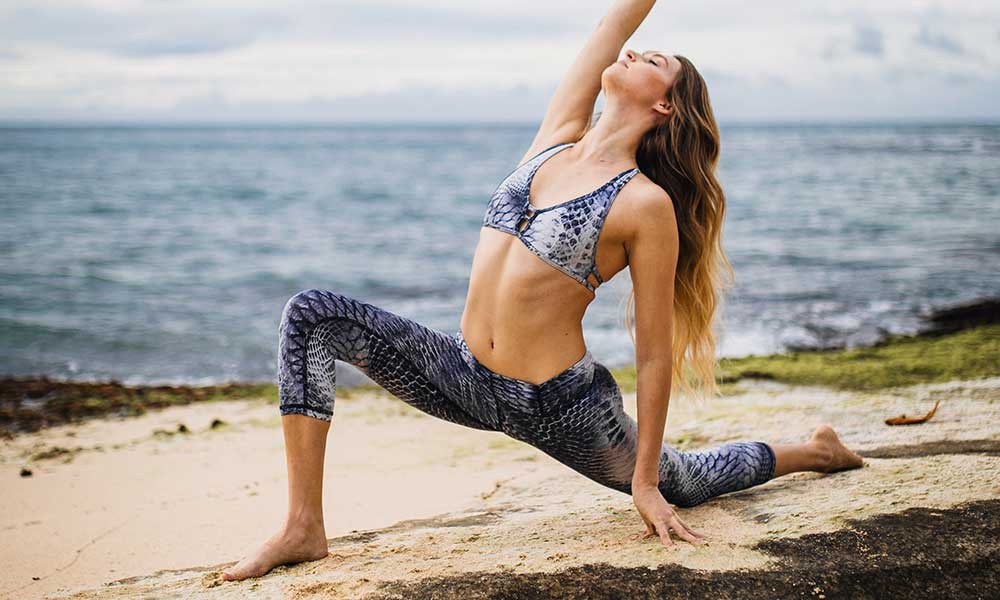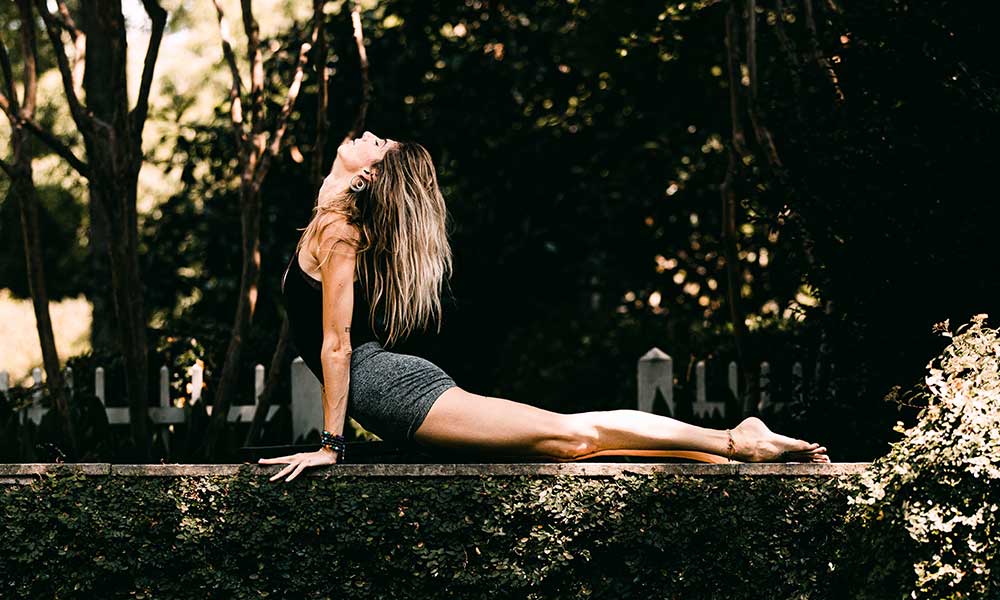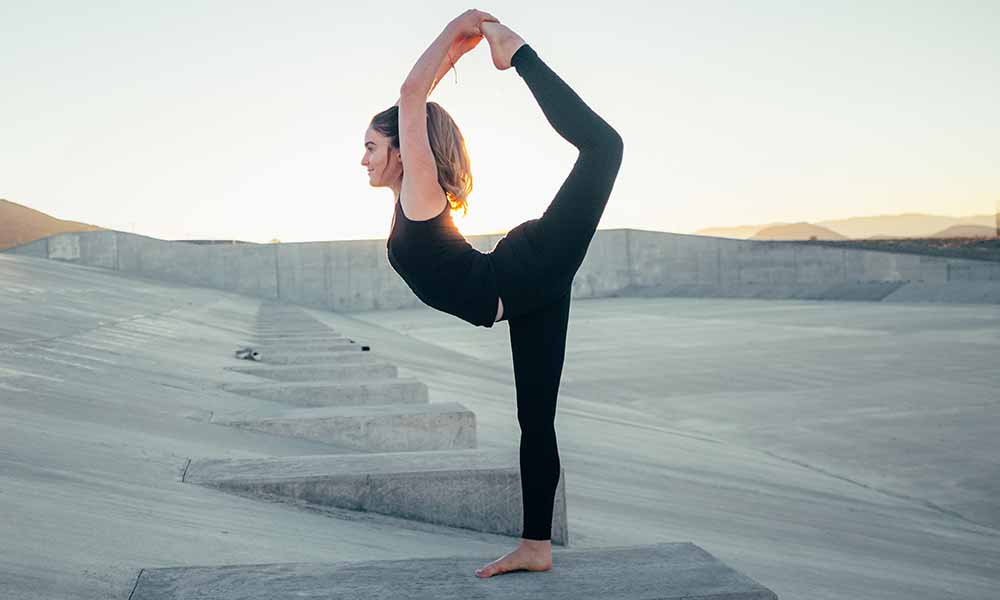Any yoga teacher would probably agree that breathing is the most important part of your yoga practice. While yoga might seem like it’s all stretches and difficult poses, breathing exercises are truly the bread and butter of the practice. Without yogic breathing, we cannot achieve the desired calming effect that yoga has the power to bring us.
Breath is our life force. Without breath, we cannot move or even be alive. Basic breath awareness, or pranayama, is the key component of yoga that works to calm our nervous system.
Keep reading to learn more about yoga breathing and how to practice different pranayama techniques.
When to inhale and exhale in yoga
For many beginners, one of the most confusing parts of yoga is trying to coordinate your breath with the yoga teacher’s instructions. You might catch yourself inhaling when she says to exhale or vice versa.
If your breath isn’t synching up with the lesson 100% of the time, it’s okay. Try to use the teacher’s instructions as a reminder to continue breathing as you flow through the different poses. However, if you want to try to stick to a general rule of thumb: Exhale when you bend forward and inhale whenever your chest opens and expands in the front body.
5 yoga breathing exercises
Yogic breathing is essential to your yoga practice and has a variety of physical, mental, and emotional benefits. There is more than one type of yoga breathing that you might be instructed to do during your practice. Here are 5 of the most common types of yoga breathing and the benefits they offer.
1. Nadi Shodhana or Alternate Nostril Breathing
Anxiety sufferers, this is the breathing technique for you. You don’t even have to be doing yoga to enjoy the calming effect that this pranayama technique can bring you. This breathing exercise helps to slow down your heartbeat, lower blood pressure, and soothe the central nervous system. To practice this type of breath:
- Place your thumb against your right nostril to close it.
- Exhale through the left nostril.
- Once you have exhaled fully through the left nostril, release the right nostril.
- Put your ringer on the left nostril and breathe deeply from the right side.
- Repeat for as long as you need.
2. Ujjayi or Ocean Breath
- Ocean breath is one of the most popular pranayama techniques in yoga. You may hear your yoga teacher say “Ujjayi breath” or “ocean breath” during your practice. This style of yogic breathing has been proven to enhance the quality of life for cancer patients, those suffering from symptoms of depression and even those who suffer from hypothyroidism by improving pulmonary function.
To do ujjayi breath, you will need to:
- Close your mouth.
- Constrict your throat so that your breathing makes a rushing sound, similar to ocean waves.
- Breathe through your diaphragm, making sure that inhalations and exhalations are held out for the same amount of time.
Besides “ocean breath,” here are some of the other names that ujjayi breath might also be called:
- Victorious breathing.
- Snake breathing.
- Whispering breath.
- Snoring breath.
3. Shitali Pranayama or Cooling Breath
This type of breath is effective at cooling down the body, mostly in the warmer months. Cooling breath is also called “taco breath” because of the curled tongue used to move the air. When done correctly, this style of yogic breathing can help remove heat from the head, neck, and digestive system to cool down the body. This breathing technique is done by:
- Forming your tongue into a taco shape.
- Inhaling so that the breath flows through the tube you have created with your tongue, almost like sipping through a straw.
- Letting the breath expand your chest and fill your belly.
- On the exhale, keep your mouth close and release the breath slowly through your nose.
4. Sitkari Pranayama or Hissing Breath
The hissing breath, or sitkari pranayama, is another variation of cooling breath. The key difference here is that you practice this breath through a “taco tongue” that is practiced through clenched teeth as opposed to the shitali breath that is performed by sticking your tolled tongue out of your mouth.
Though your teeth should be clenched during hissing breath, you should not clench your teeth so tightly that it hurts you or causes discomfort. Teeth should only be lightly clenched.
5. Brahmari or Humming Breath
This form of yogic breathing, named after a black Indian bee, is an excellent practice for those who struggle to maintain focus during meditation. Humming breath is also very effective at relaxing you before bedtime, releasing cerebral tension, lowering blood pressure, and relaxing the central nervous system.
It’s important to note that this type of breathing shouldn’t be done lying down. This breathing technique is most effective when sitting upright with good posture.
To practice humming breath:
- Sit up straight with your eyes closed.
- Place your index fingers on the cartilage between your cheek and ear.
- Take a deep breath in and on the exhale, make a humming sound like a bee, gently applying pressure to the cartilage with your index fingers.
- You may make a low-pitched sound, but you might get better results with a high-pitched sound.
- Inhale again and repeat the same pattern at least 5-9 times.
This breathing practice has a multitude of benefits including relief from headaches, throat ailments, and agitation. It can also improve concentration and memory as well as boost confidence.
What is the relationship between movement and breath in yoga
Without breath, there is no movement. Breath is our life force and can help us to access energy passages in the body. If you have been practicing yoga for a while, then you are likely familiar with the relationship between breath and movement. Typically in a yoga class, the instructor will guide your breathing to correspond with certain poses as you move through the yoga sequence.
With due time, linking your breath to your movement becomes second nature and you have to spend less energy thinking about it. It becomes a natural part of your yoga practice as you find a way to breathe effortlessly that flows with your movement.
A key aspect of breathing in yoga that is often forgotten about is that breath should not just merely be linked to your movement, but it should also guide and initiate your movement. Your inhalation should already begin just before your arms rise in Sun Salutation. Your breath should be used to lift your arms above your head, and your exhale should help to guide you as you descend. Paying attention to your breath as it corresponds to your movement during your yoga practice will transform your practice. It will heighten your awareness and keep you in the present moment.
It’s normal to struggle with this a little bit at first, but with practice, it will take you deeper into your yoga journey. As you begin to get more comfortable with each breath and movement, you will start to notice that your breathing naturally becomes more even and deep. This will lead to a sensation of peace and calm, that can even be felt off of the yoga mat.
Benefits of Yogic breathing
As you may have gathered from the sections above, yogic breathing has so many benefits for the mind and body. No matter what you are doing throughout your day, your breathing pattern has an effect on your mental and physical abilities. Pranayama breathing can be beneficial to those who are looking to improve their meditation practice or yoga practice.
Here are some of the benefits of yoga breathing:
- Clears the mind: During yogic breathing, your body is taking in more oxygen, which helps purify the body of carbon dioxide. This enhances brain function and our nervous system. When we focus our attention to our breath, we are able to stay calm and free our minds of clutter, reducing stress and anxiety.
- Improves mindfulness: Pranayama consists of paying attention to our breathing in the present moment, which can help to train our brain to be more mindful. This in turn can help us regulate our emotions and keep our brain from wandering off too far into a negative state of mind.
- Improves lung function: Breathing exercises can help to strengthen the lungs and increase lung capacity, allowing you to take deeper and fuller breaths. Deep breathing dilates our blood vessels, improving circulation and boosting our immune system.
- Helps you sleep better: It’s no secret that yogic breathing reduces stress and anxiety. When we are less anxious and more relaxed, we are able to sleep better at night. Pranayama breathing lowers our heart rate, leaving a calming effect on the body.

